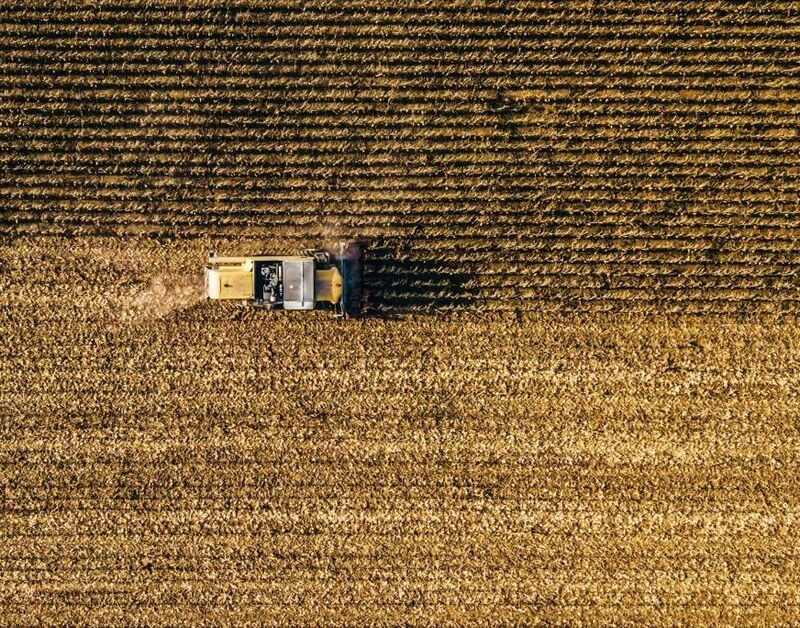“Shootin’ The Bull”
End of Day Market Recap
by Christopher Swift
7/12/2024
Live Cattle:
In my opinion, I can see that a 1.6% decline in beef production year over year creates all time historical prices in both fats and feeders. I can see that keeping an average of 11.5 million head on feed is a feat few believed could be accomplished. The elasticity appears to be at an abnormal width for the amount of lost product. So, while most imperfect of an answer, I have to believe that to some extent, the higher price has caused some retail outlets to speculate the price of beef would decline, and when found had not, had to go to the market and pay spot price in the beef market. Hence, this is a reflection of beef demand, but I think exaggerated by the current supply issues. Whether right or wrong, I look at this way. What is transpiring is that fewer producers own more cattle that are more expensive. Higher prices limit the number of participants, leading to further rationing of cattle. If you want to own them, you have to pay up for them. Futures traders have already had their fill of paying premium for futures in the feeders and have now pushed basis to a similar level as fats. The loss of futures premium, cash at historical level, and nowhere for cattle feeders to hedge without a significant haircut off the top leaves them with a wide price range to make up. I think this will have a great impact on producers if or when the price subsides. That being, the positive basis makes selling into the future much less desirable. Hence, fewer will be hedged, due to the basis spreads. I think this opens Pandora's box of things that can go wrong with owning cattle at a historical price and nowhere in the future to lay them off without accepting the discount. On the flip side, some are still buying and paying top dollar. Some continue to believe the consumer has no limit. Some continue to be so optimistic they are proud of the price paid. No doubt the seller is. This is a market and susceptible to multiple factors of influence. With prices mostly remaining within a triangular formation, there doesn't seem to be much of a hurry to run prices in one direction or the other.
Nonetheless, with the new highs, the agenda continues. Rationing both beef and cattle is expected too eventually make both, or either at price levels that can't be afforded. The worry I hear more than anything is the destruction of consumer beef demand. The shift from cuts to the grind is obvious. Restaurants are feeling more and more of the inflationary pinch it creates. I have received no less than 4 emails this week of specials from restaurants for which I have never received before. I think the current economic environment to be exceptionally fragile with a tremendous amount of political turmoil creating further fractures. The triangulation suggests there is further marking of time to go. A breakout, one way or the other, will be most interesting. To the upside, and I think every lender will give a sigh of relief. To the downside, and I would expect to hear horror stories worse than the September of '23 collapse produced. I have little forethought on whether prices move higher or lower. I know they can do both, or either. With the underlying economic and political environments appearing fragile, my concern is protecting what you have. That suggests being willing to accept a discount on the hedge in hopes of it improving or not making it any worse. I wrote in the past of being willing to accept the consequences of your actions. When written, the consequences of hedging feeder cattle was the ability to hedge them at a higher minimum sale price than the index with a predetermined price to move higher if achieved. Those consequences appear to have been significantly better than today. Keep that in mind as you go forward when viewing opportunity that exists, versus expectations. Today, it would be difficult to hedge them higher than the index, even with options spreads. So, another factor of consequences to look at when viewing how futures and options can benefit you in your production.
Grains remain in a bear market and Friday's WASDE report showed few to no changes in supplies or detriment of current crop. I expect grains to find a point in which they consolidate to allow for the crop to mature and then when those aspects can be tallied, will move higher or lower from there. Farmers are over a barrel at the moment. I don't expect them to do much at the low price and available on farm storage. Hence, they will most likely watch prices erode further. For cattle feeders, this is a double-edged sword as it may help to soften the cost of gain, but will also promote further carcass growth, producing more beef. Energy was volatile and mixed for most of the week, but by the close on Friday, was a little lower than last Friday's close. I am not bullish energy, but have been wrong lately. After this week's trading, I am starting to see the bearishness creep back in to my analysis. Bonds ended the week higher. I expect bonds to continue to move higher. CPI and PPI data conflicted a little on Thursday and Friday, but the end result was higher bonds and lower rates. There is great room for error, buckle up.
On the date of publication, Chris Swift did not have (either directly or indirectly) positions in any of the securities mentioned in this article. All information and data in this article is solely for informational purposes. For more information please view the Disclosure Policy here.
Disclaimer: The copyright of this article belongs to the original author. Reposting this article is solely for the purpose of information dissemination and does not constitute any investment advice. If there is any infringement, please contact us immediately. We will make corrections or deletions as necessary. Thank you.







